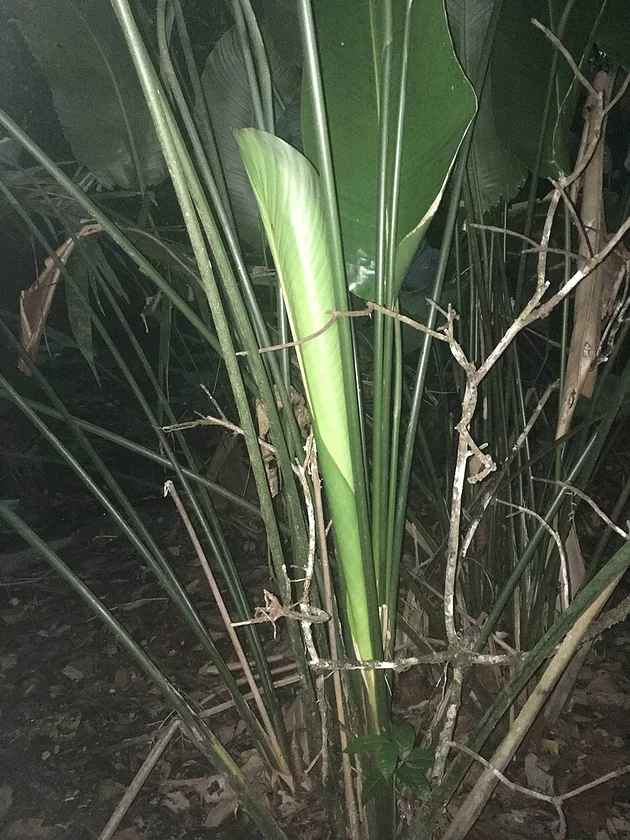Vampire Academy: Bats of Panama
- Bernard Black
- Oct 1, 2018
- 3 min read
Updated: May 9, 2019
October is Halloween season, and decorations of bats abound. Derrick, one of our talented technicians, is passionate about these spooky creatures and has a background in bat conservation. This spring, he spent a week in Panama surveying bats at the Cocobolo Nature Reserve. This was the first comprehensive bat survey performed in this section of the rainforest, and was undertaken by Merlin Tuttle’s Bat Conservation.
Here are some of Derrick's favorite moments from the trip:

"Each evening a few hours before dusk we would pack up a number of poles, nets, clipboards, datasheets, calipers and tiny baggies to go survey bats. Bats are known for their superb echolocation, but they can sometimes be caught by surprise if you set a fine net, called a mist net, on the route they commute to forage. That's right, bats commute just like us and they even have traffic rules they follow. After carefully removing a bat from the net, we identified the species, recorded other vital information and some were photographed in Merlin Tuttle's field photo stuido."

“The common vampire bat (Desmodus rotundus) was the species I most wanted to see in Panama. Out of over a thousand species of bats, only three species drink blood (all of our native species here in Oregon eat insects). A few miles from where we surveyed were cattle pastures and we caught this vampire on his commute. If you wanted to catch vampires, you had to stay out extra late--for insectivorous bats, peak activity occurs around dusk, but vampires prefer the cover of full darkness. Totally worth it! Extra thick gloves have to be worn when handling this species since their teeth are specialized for cutting through cow skin. [Editor's note: Derrick is vaccinated against rabies, just in case! We don't recommend handling any wild animals without proper training, protective gear, and this additional precaution. ] They also have very soft fur and are incredibly bouncy.”

“We were fortunate that the weather was nice enough that we were able to set out nets every night, but we didn't have to look hard to find bats! Each morning we could reliably see a group of greater sac-winged bats (Saccopteryx bilineata) that lived in the bathrooms and the rafters of the shelters. These guys naturally rely on the camouflage from stripes on their back to stay hidden against tree bark and would even sway with the breeze, even though the wind didn’t reach the covered areas. They have a really complex mating system and a few mornings I woke up to them having domestic disputes.”

“Many people associate bats with caves, but many bats live in trees and this was true in Panama, with a few notable exceptions. There were many species of 'tent-making' bats that modify large banana leaves into tents, and there were the disc-winged bats (Thyroptera tricolor) that roost in the furled leaves of heliconia plants. We peeked into every single one of these trumpets we could find, and on the very last night, I found a small family of these bats. They scout out a new cone almost every night and use the bugle shape to amplify their calls to tell their friends where they are. They use a little suction cup on their thumbs to stick to the smooth leaves. Very charming little bats.”

You can see more of the pictures from this expedition on Merlin Tuttle’s Bat Conservation Blog and a few more of Derrick’s photos on his Facebook page. For more information about our native bats, you can visit the Oregon Department of Fish and Wildlife, or watch this space for a future post!



Dealing with infestations? Pest control for cockroach in Cambridge is made easy with Pesticon’s expert and effective removal services!